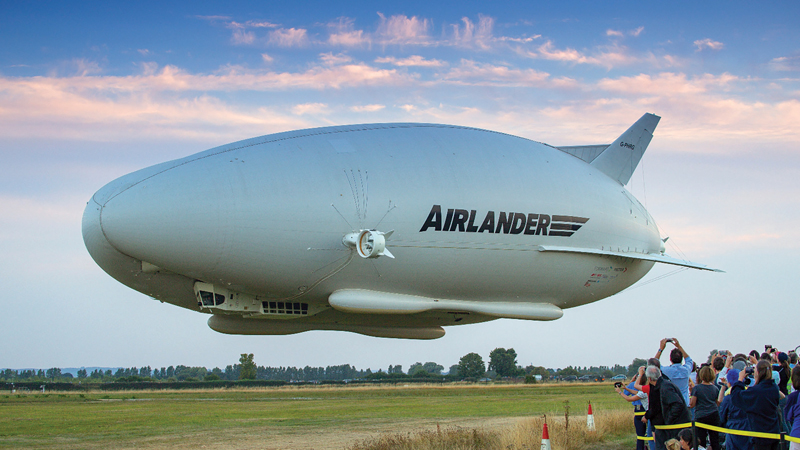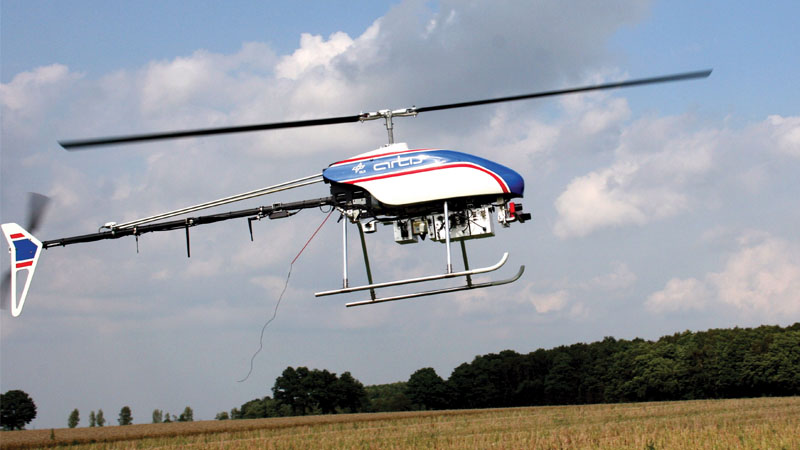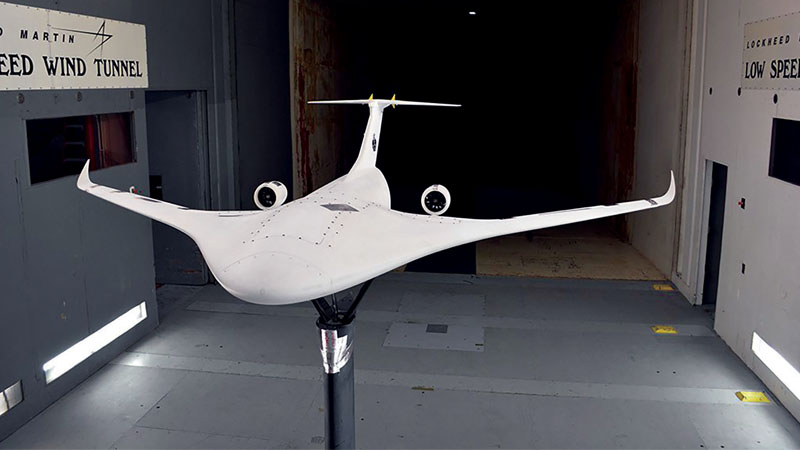Safely improving jet, rocket fuels
By Joshua Heyne, Hai Wang and Joseph Kalman|December 2018
The Propellants and Combustion Technical Committee works to advance the knowledge and effective use of propellants and combustion systems for military, civil and commercial aerospace systems.
Significant advancements were made toward the methodology needed for approval of new alternative jet fuels, or AJFs, via the National Jet Fuels Combustion Program, known as NJFCP. These approvals follow a resource-intensive ASTM D4054 fuel standards process in which fuel properties and performance are evaluated for safety, durability and operability. To reduce the cost, fuel volume and time for AJF evaluation, the NJFCP developed new capabilities and understandings of fuel property effects. Results of research conducted at major universities and government facilities have reproduced all known AJF behavior in industry research rigs. Three combustion operability limits, the key to verifying the safe use of AJFs in an engine, are explained via fuel physical-chemical properties. Cold ignition and altitude relight are dominated by a fuel’s viscosity and surface tension. In contrast, lean blowout behavior can be controlled not only by physical properties but also by the fuel’s chemical reactivity or derived cetane number, which has not been reported previously. These novel operability-property relationships are currently deployed for AJF prescreening and to streamline the ASTM D4054 fuel standards process.
Focusing on combustion modeling, collaborative efforts among Stanford University, University of Southern California, University of Illinois Chicago and University of Connecticut over the past five years evolved the understanding of real fuel combustion chemistry using the approach of HyChem, for hybrid chemistry. Supported primarily by the Air Force Office of Scientific Research, HyChem was developed on the basis of the separation of fuel pyrolysis and oxidation of the pyrolysis products in the overall combustion process. Thermal decomposition of the fuel is not rate limiting, therefore it can be treated without details at the level of elementary reactions. The HyChem approach treats the reaction kinetics of thermal and oxidative pyrolysis with lumped reaction steps, while oxidation of the pyrolysis fragments is described by a detailed reaction model. The derivation of lumped reaction rate parameters leveraged significant advances in laser diagnostics of multispecies time histories during shock tube experiments. The HyChem approach was tested by the collaborative research team over the year for a wide range of jet and rocket fuels, with the resulting models capable of predicting global combustion properties over a wide range of conditions, including ignition delay, laminar flame speed, and flame extinction strain rate. The approach eliminates the need to use fuel surrogates, a simplification that allows for the reaction model to be reduced to approximately 30 species and perform simulations of real combustors with reduced computational cost.
With an eye toward unravelling the limiting processes and increasing the performance of composite rocket propellants, researchers from California State University, Long Beach; Naval Air Warfare Center Weapons Division; and Argonne National Laboratory in January and February analyzed data from experiments conducted in late 2017. In those experiments, the Advanced Photon Source at Argonne near Chicago was used to conduct X-ray phase contrast imaging of burning solid rocket propellant for the first time. When aluminum particles are added to composite propellants to increase energy density, the particles tend to agglomerate on the surface of the deflagrating propellant, reducing combustion efficiency. Measurements at the Advanced Photon Source provided non-intrusive, in-situ observations of aluminum particle agglomeration at pressures up to 1,000 6.9 megapascal, overcoming decades of attempts to optically diagnose in such harsh environments. The size distribution of aluminum particles on the propellant surface was quantified. Additionally, insight into the metal agglomeration process was achieved with the observation of bubbles forming within the molten aluminum particles, suggesting that polymeric binder used in the composite propellant becomes entrained in the liquid particle and pyrolysizes internally, a process depicted in an image in the October issue of the journal Combustion and Flame. The X-ray images also permitted the observation of aluminum oxide caps forming on the particles, as well as particle coalescence, which will aid modeling work to accurately predict aluminum agglomerate sizes and motor performance.
Contributors: Med Colket, Ronald K. Hanson, Craig T. Bowman, Fokion N. Egolfopoulos, Kenneth Brezinsky, Tianfeng Lu, Andrew R. Demko, Bino Varghese, Katarzyna E. Matusik and Alan L. Kastengren
Image: The radiographic image shows aluminum particles agglomerating on the propellant surface (indicated by the red dashed line) under a pressure of 6.9 megapascal. The inset highlights the bubbles forming within the particle. The darker region on the highlighted aluminum particle is due to the oxide cap. Published in the October issue of the journal Combustion and Flame. Credit: Joseph Kalman



































